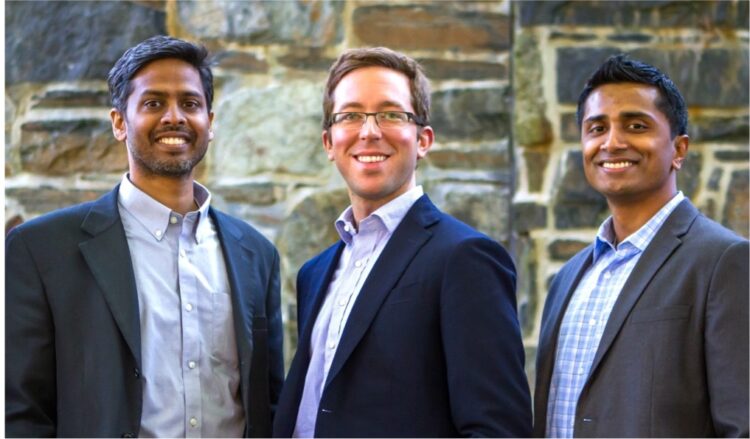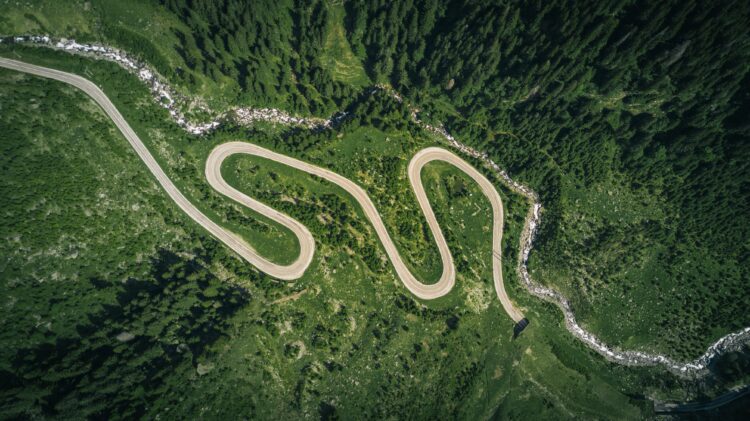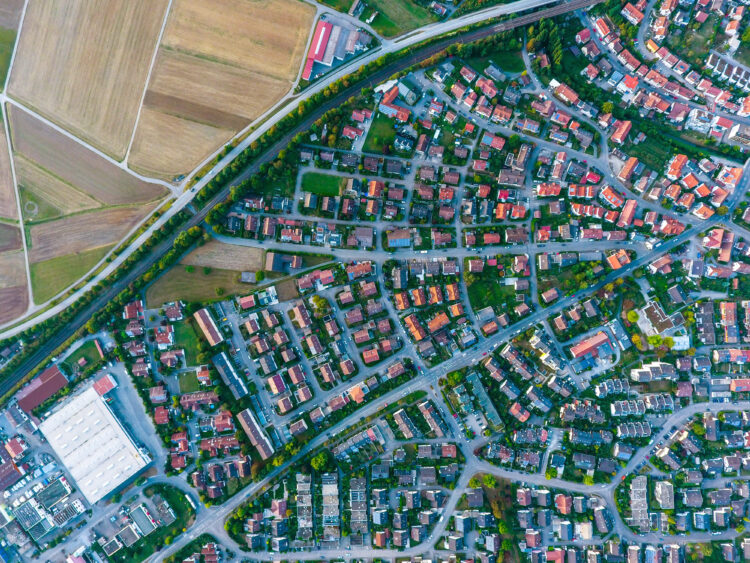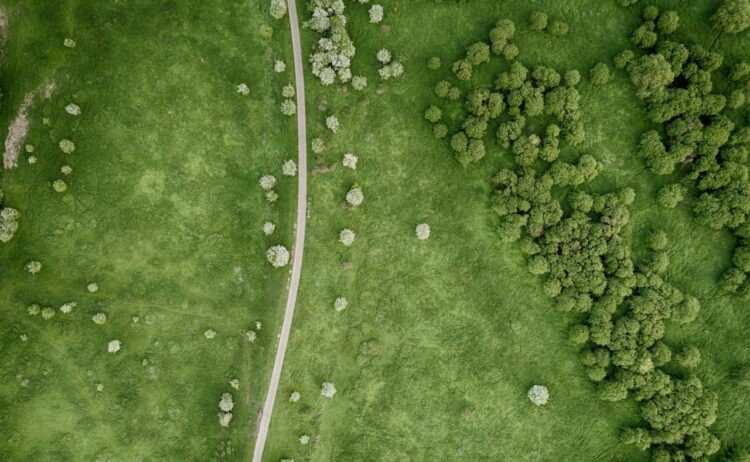How does automated driving work? In this video, Anant Goel explains the technologies involved in today’s advanced driver assistance systems (ADAS).
So when we think about “what are the components that are required for all of this happen?”, we were able to identify four main components. The first is sensing, the second is mapping, the third is V2X, and the fourth is decision making…
Sensing is really enabling the car to be able to identify objects in its environment. Objects that include other cars, people, road signs, traffic lights, those kinds of things. Mapping is able to say “ok, I understand what’s around me, but where am I in the global scheme of things?” Being able to identify where we are in relation to where we want to go, that’s where mapping comes in. V2X is really vehicle-to-vehicle communication and vehicle-to-infrastructure communication, where my car would communicate with your car to be able to identify what each of us wants to do and optimize the routes and behaviors accordingly. And then we have vehicle-to-infrastructure, that’s really being able to where the car communicates to, say, traffic signs, so that the right decision is made.
So, when we think about the overall sensor technology, there’s really four main technologies, and that’s radar, lidar, cameras and ultrasound. Radar is being able to use radio waves to be able to identify how far objects are in relation to where your car is. What radio waves are great at is being able to travel long distances and being able to study relative movements. What it’s not great at is identifying objects. It can’t really figure out shape. It’s really great from an adaptive cruise control, being able to identify longer distances, because radio waves travel far, but it has its limitations.
The second one is lidar. Lidar is really using lasers or light technology to create 3D images of the environment. And the big challenge with lidar today, although it’s very good technology, is that one, it’s very expensive, two, it’s very bulky, and because of that it’s also very ugly. So, we don’t really want a car that has lidar technology as it exists today.
The third is cameras, and today this is really where the combination of cameras and radars are really used. And cameras allow the car to identify at a 360 view what’s around it. And ultrasound is using sound waves to be able to identify very short distances for the car, and it’s very sensitive. So what it’s really used for is for parking assist. Those are the four main technologies that are required to make this happen.




















